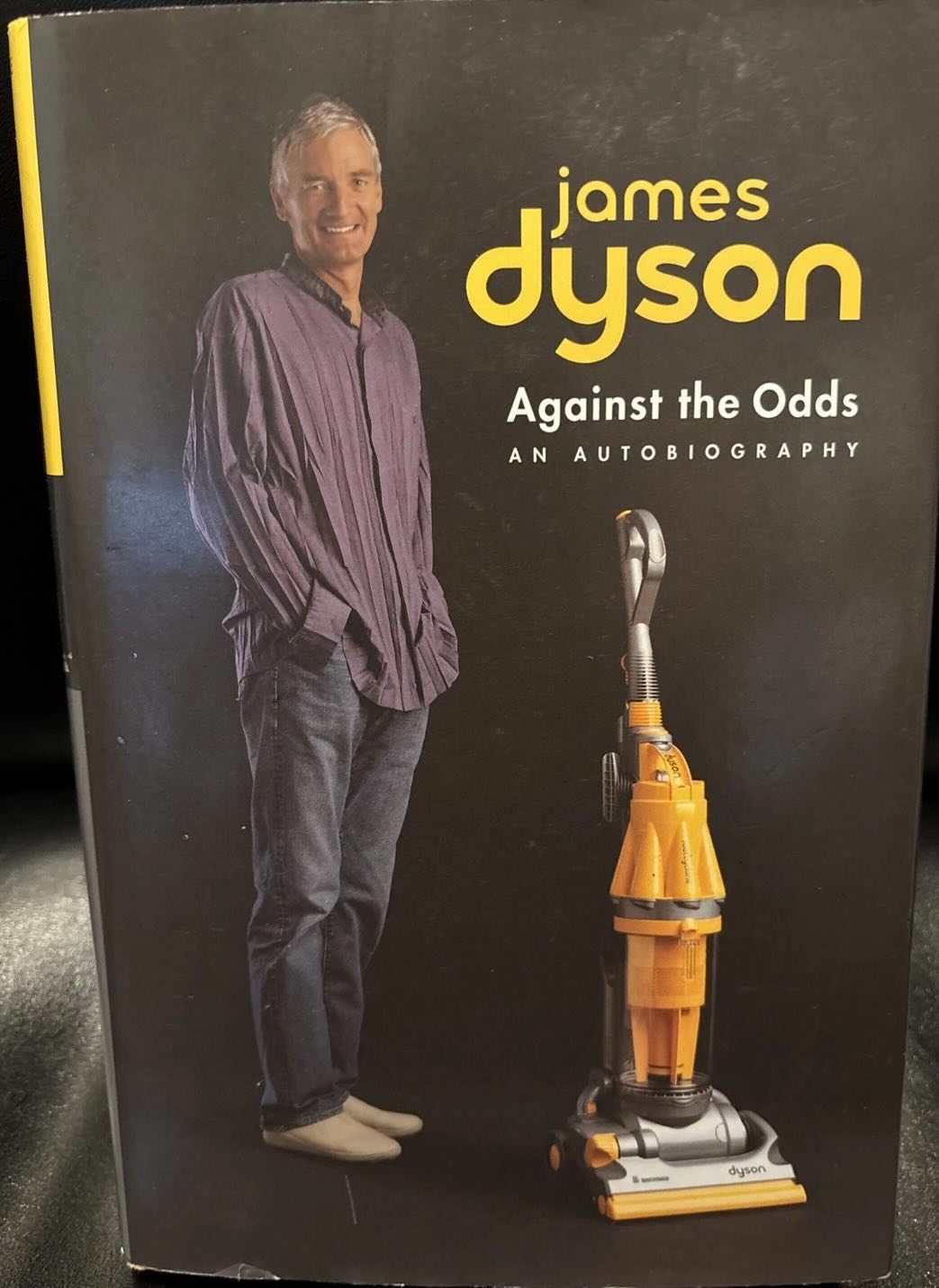James Dyson Part 1: Tragedy to Entrepreneur
Months ago on Reddit, I saw a post listing a user’s favorite founder biographies and autobiographies. Against the Odds, James Dyson’s autobiography, was number one. Researching him, I learned that James Dyson is a famous inventor and the founder of Dyson, a global company famous for its cyclone vacuums. According to this press release, Dyson’s 2023 revenue was £7.1 billion, or roughly $9 billion today, and its profit (EBITDA) was £1.4 billion, or roughly $1.77 billion today. James reportedly owns 100% of the company and is personally worth over $13 billion. Intrigued, I started reading his autobiography to learn about his journey.
Life started out rough for James. His father died of cancer when James was just nine. He felt alone and that things would easily be taken away from him. This, plus being the youngest sibling, instilled an underdog mentality in James. When James’s father died, he was making a career change. James learned his first valuable lesson: don’t waste time doing something you don’t want to do.
Following his passion for art, he skipped college after high school and enrolled in a graduate-level art program at the Royal College of Art (RCA). He fell in love with industrial design and, for spending money, started a company selling cheap wine. The wine business taught him a crucial business lesson: real money is made selling entirely new products that have style and substance and can’t be found anywhere else.
James tried and failed to raise money to build a theatre for poor children that he designed, but investors put British inventor and entrepreneur Jeremy Fry on his radar. James cold-called him, and Fry offered him work on a project. James approached Fry with an idea for a Sea Truck, something new, and Fry let him run with testing the idea. Eight months after the prototype was made, Fry’s company paid James £300 for the design.
James graduated in 1970 from RCA and went to work for Fry in a marine division newly created for Sea Truck. The Sea Truck eventually succeeded after James overcame various internal and external hurdles. James learned valuable lessons: One, if you don’t invest enough in the early product and try to sell a half-finished product, you’re doomed from the start. Two, sell people on how the product fits their specific needs, not how it’s generic enough to solve all problems.
After five years, James was roughly twenty-seven and tired of rewarding shareholders of Fry’s publicly traded company through his efforts. He wanted to reward himself. He was ready to go out on his own. He invented the ballbarrow and with Stuart Kirkwood, his wealthy brother-in-law, formed a 50/50 partnership. They borrowed £24,000, which required James to put up his home as collateral. Kirk-Dyson Designs was launched. James was officially an entrepreneur!
James’s early years were traumatic and affected the rest of his life. They instilled a steely drive to prove himself and made him comfortable with blazing his own trail. These skills were valuable in launching Kirk-Dyson, but James had many more lessons to learn as a first-time founder.
Prefer listening? Catch audio versions of these blog posts, with more context added, on Apple Podcasts here or Spotify here!




